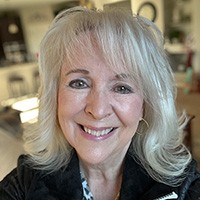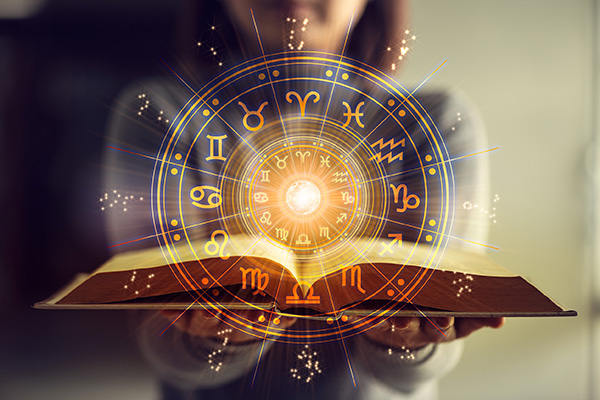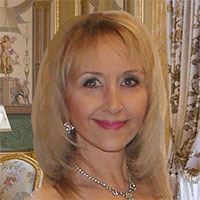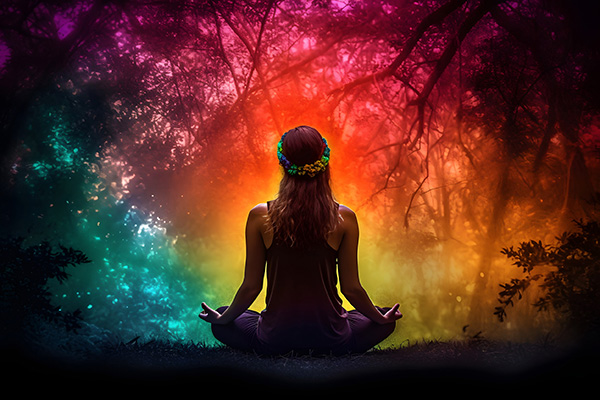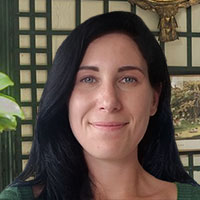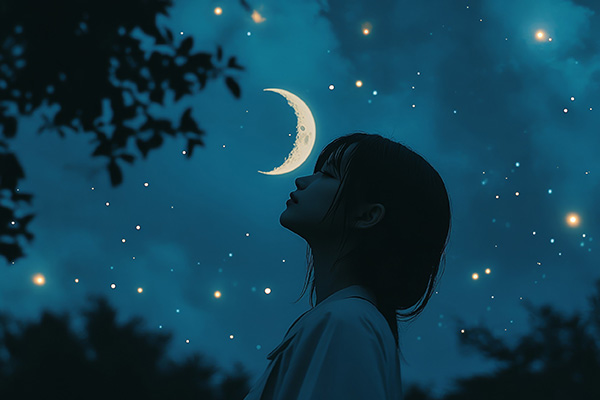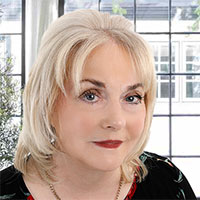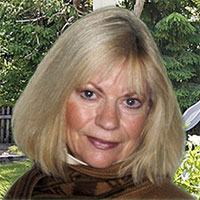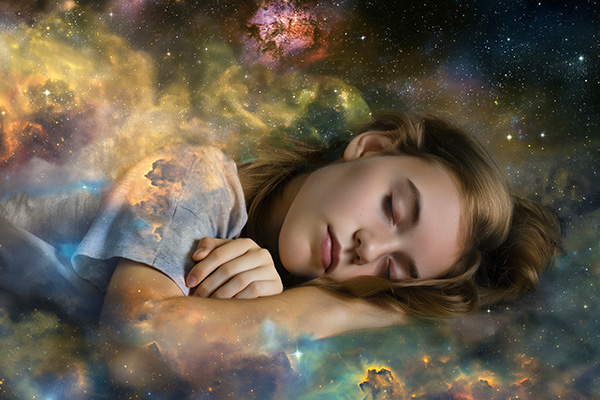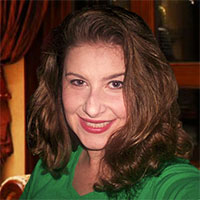How to Attract Genuine and Enduring Love: A Comprehensive Step-by-Step Manual
 Have you been pondering: Does he have feelings for me? Is he as interested in me as I am in him? Where is my lifelong partner, my true companion? Is the right person going to enter my life?
Have you been pondering: Does he have feelings for me? Is he as interested in me as I am in him? Where is my lifelong partner, my true companion? Is the right person going to enter my life?
We all seek that wonderful, healthy relationship where we feel yearned for, cherished, valued, and profoundly connected. Wishing for love that seems to be written in the cosmos isn’t a flaw.
However, many individuals struggle with knowing how to achieve it. If you’re feeling slightly adrift on how to begin, or perplexed as to why love hasn’t yet appeared, you’re not alone.
No matter how low you may feel, longing for a profound, enduring love is entirely attainable.
A crucial first step is to cease doubting your inherent worth. Feeling undeserving is a primary reason many individuals fail to connect with their person.
You are absolutely deserving of the relationship you seek. Indeed, you are! And it can commence right now.
Sometimes the core issue is subtle, such as a limiting belief, a past emotional wound, or a dissonance between what you desire and what you’re expressing. Other times, it’s simply that you haven’t quite unlocked your manifesting potential yet.
Here’s the point: love isn’t something you pursue. It’s something you align with. Your thoughts, feelings, and actions all influence how you perceive your world. Genuine love is on a quest to find you. You merely need to meet it halfway. It all begins with self-awareness, a shift in mindset, and the bravery to heal what holds you back.
When you achieve clarity and commit to manifesting your heart’s desire, you will attract those who resonate with you on every level…and they will be magnetically attracted to you ~ Annette Vaillancourt
Here’s a comprehensive guide to manifesting authentic, lasting love:
1. Eliminate your love barriers. This initial step is crucial. Before focusing on manifesting a new relationship, it’s essential to address any old emotional baggage that could still impact your energy. Reflect on: What outdated patterns or behaviors are hindering me? Perhaps you’ve found yourself thinking, “I’m not good enough,” or “Real love always ends in pain.” Try identifying moments of hurt or instances when you believed in a connection that wasn’t real. If needed, consider energy healing, shadow work, inner child healing, or therapy to clear that stagnant energy. The aim isn’t perfection but rather to enhance your awareness of what could be hindering you and discovering emotional healing and inner tranquility. You must release what no longer serves you to welcome what does.
2. Define your desires. You cannot manifest what you’re unclear about. Start by inquiring: What do I wish for in a relationship? Concentrate on the heartfelt elements of your relationship, such as how you both will interact and feel towards each other, rather than superficial attributes like height or hair color. How do you want to feel when you’re with this person? Secure? Inspired? Uplifted? Genuine? Compile a list of everything you envision in your ideal match: emotional needs, values, spiritual beliefs, goals and aspirations, and communication styles. This is your relationship blueprint.
3. Express your intentions. Now, energetically convey your plan to establish your intention. Communicate clearly to the Universe what you want. Consider writing it in a love letter to your future partner. Articulate it aloud during a new moon ritual. Envision your first encounter. Create a vision board. Conduct daily candle lighting and prayer sessions. Narrate your love story as if it has already been realized. Choose your words carefully. Instead of stating “I don’t want to be with someone deceitful,” express “I attract a partner who is honest, open, and dependable.”
4. Envision it with emotion. Manifestation achieves optimal results when you genuinely feel your desire, not merely think about it. Envision your ideal relationship vividly. See yourself and your partner enjoying laughter, holding hands, and engaging in profound discussions. But most importantly, allow yourself to experience the joy, safety, excitement, and intimacy within your being. If you can visualize and feel it, you can attract it. The more you immerse yourself in it, the more authentic it becomes.
We all possess the ability to manifest, and whether you are conscious of it or not, we are all continuously manifesting through our thoughts, words, and actions. This is why it’s crucial to deliberately manifest what we seek ~ Sachin Sharma
5. Own your self-worth. If you wish to draw in remarkable love, you must feel deserving of it. If you don’t believe in your worthiness, you will unconsciously undermine or reject it. Start affirming your worth daily: “I am deserving of extraordinary love.” “I’m lovable just as I am.” Practices that embody self-love can be potent here. Dance. Offer yourself an encouraging talk in front of the mirror. Care for your body. By treating yourself with kindness, the universe will reciprocate.
6. Take meaningful action. Manifestation is not merely about waiting around. It involves co-creating with the universe and your soulmate. Get moving, and put aside distractions. Engage in activities that align with your intention. Be open to new social situations. Enroll in that class, attend that gathering. Smile at strangers. Revamp your dating profile.
7. Synchronize your home and lifestyle. External conditions mirror what’s happening within your own mind. Transform your home into a romantic haven. Consider placing rose quartz in your bedroom. Light candles. Play romantic melodies. Create symbolic space for your future partner: organize a drawer, add a second toothbrush, leave room in your closet. Surround yourself with loveliness and comfort. Ensure your lifestyle also reflects your intentions. Make time in your schedule for love to blossom. Every minor adjustment signals to the Universe that you’re prepared. Even slight changes can greatly influence your vibration to align with the love you seek.
8. Cultivate gratitude. Feeling grateful uplifts you and keeps you receptive to receiving. Express thanks. Be appreciative of the love that is heading your way. Practice gratitude through meditation, prayer, or a personal ritual as though it has already arrived. “Thank you for bringing my partner, who cherishes and respects me.”
9. Release your attachment to the outcome. Many find this challenging. As much as you desire it, you must also learn to detach. If you’re overly focused on the result, you might overlook what’s present in your life. There’s truth in the adage, “It will occur when you least anticipate it.” This doesn’t mean giving up or becoming passive but rather releasing fixation on when and how love will manifest. Holding on too tightly conveys to the Universe a lack of faith in the process. Instead, engage in life! Enjoy! Participate in activities that bring you joy. Love often appears when you aren’t actively searching, but it’s something we all need.
One prevalence among those attempting to manifest their soulmate is asking for love while simultaneously sabotaging their possibilities by being closed off to the universe’s magic. ~ Charlie Rogers
10. Allow love to illuminate your path daily. Don’t postpone the feeling of being loved until someone appears. Practice love now. Show affection to your friends, family, and even strangers. Send love to your future partner through meditation. If you’re seeking companionship, strive to embody the type of person you’d wish to date. Remember: like attracts like. If you want love, live love, and be love.
11. Remain patient and steadfast. Genuine love is worth the wait. Stay open and endeavor to keep your heart tender, even when it feels tough. Every “no” is effectively a disguised “yes.” If uncertainty arises, revisit your vision. Recall your worth. Remember, delay isn’t synonymous with denial. Sometimes, it simply appears as though the universe is reshaping everything.
12. Acknowledge every achievement along your journey. Even prior to your partner’s arrival, celebrate the strides you’ve made personally. Each time you establish a boundary, demonstrate self-love, or choose faith over fear, you’re aligning yourself with the love you aspire to find. Your love narrative is already unfolding. Trust the journey. Believe in your unique magic.
You are deserving of a passionate, soulful, and nurturing relationship. It is on its way to you. So, take a deep breath. Place your hand on your heart. And say: “I’m prepared for true love. I’m ready for my soulmate.” The universe is attentive. Love is approaching.
|
Venus resides in Arizona and has been assisting clients with her array of psychic abilities for over twenty years. She possesses Clairvoyance, Clairaudience, Clairsentience, and Empathic skills, and is also a certified Life Coach and a Reiki practitioner. Departed loved ones may often come through during a reading, whether invited or spontaneously, to convey messages. Messages also flow in through her direct connection with Spirit and Angels, offering clients the guidance they require to progress towards happiness, rewards, and success in their lives. Beyond her work as a psychic, life coach, and reiki practitioner, she has also spent the last decade teaching and leading workshops to empower others to embrace their higher consciousness. If you seek an empathetic psychic who can quickly tune in and channel without tools, you’ll want to book a reading with Venus at: PsychicAccess.com. |
Attracting genuine and enduring love is a longing held by many, yet it can frequently seem unattainable. Nonetheless, with the proper mindset and method, it’s feasible to manifest the type of love you genuinely seek. In this step-by-step guide, we will delve into how you can entice and cultivate a profound and significant relationship with a partner that will endure the test of time.
Step 1: Define Your Intentions
The initial step in manifesting enduring love is to define your intentions and aspirations. Spend time reflecting on what you genuinely desire in a partner and a relationship. Which qualities are essential to you? What principles do you cherish? By clarifying what you wish for, you can begin attracting the kind of love that resonates with your vision.
Step 2: Foster Self-Love
Before you can genuinely love another individual, it’s crucial to love yourself. Devote time to self-care and self-compassion. Treat yourself with kindness and honor, and build a positive self-image. When you love yourself, you will draw in partners who recognize and appreciate you.
Step 3: Visualize Your Dream Relationship
Visualization is an effective strategy for manifesting your wishes. Dedicate time each day to envision yourself in a loving and satisfying relationship. Picture the type of partner you wish to attract and the kind of relationship you aim to build together. By concentrating on these positive thoughts and feelings, you can begin to manifest the love you yearn for.
Step 4: Release Past Pain
To allow space for new love to enter your life, it’s essential to let go of past hurts and resentments. Invest time healing from previous relationships and forgiving both yourself and others for any suffering caused. By releasing old wounds, you can open yourself to fresh possibilities and create room for true love to blossom.
Step 5: Be Open and Vulnerable
Authentic and lasting love necessitates vulnerability and openness. Be prepared to be genuine and candid with your partner, allowing yourself to express your thoughts and feelings freely. Through openness and transparency, you can foster a deep and meaningful connection that will last through time.
Step 6: Trust the Journey
Manifesting true and lasting love is a process that demands patience and trust. Have faith that the universe has a plan for you and that your ideal partner will arrive in your life at the right moment. Remain open to new opportunities and be willing to take risks to find the love you desire.
In conclusion, manifesting true and lasting love is a process that requires self-awareness, self-love, and a readiness to be open and vulnerable. By defining your intentions, cultivating self-love, visualizing your dream relationship, releasing past pain, being open and vulnerable, and trusting the journey, you can attract the type of love you earnestly seek. Remember to exercise patience and trust that the universe has a plan for you, and soon you will find yourself in a deep and meaningful relationship that will endure the test of time. Continue reading

